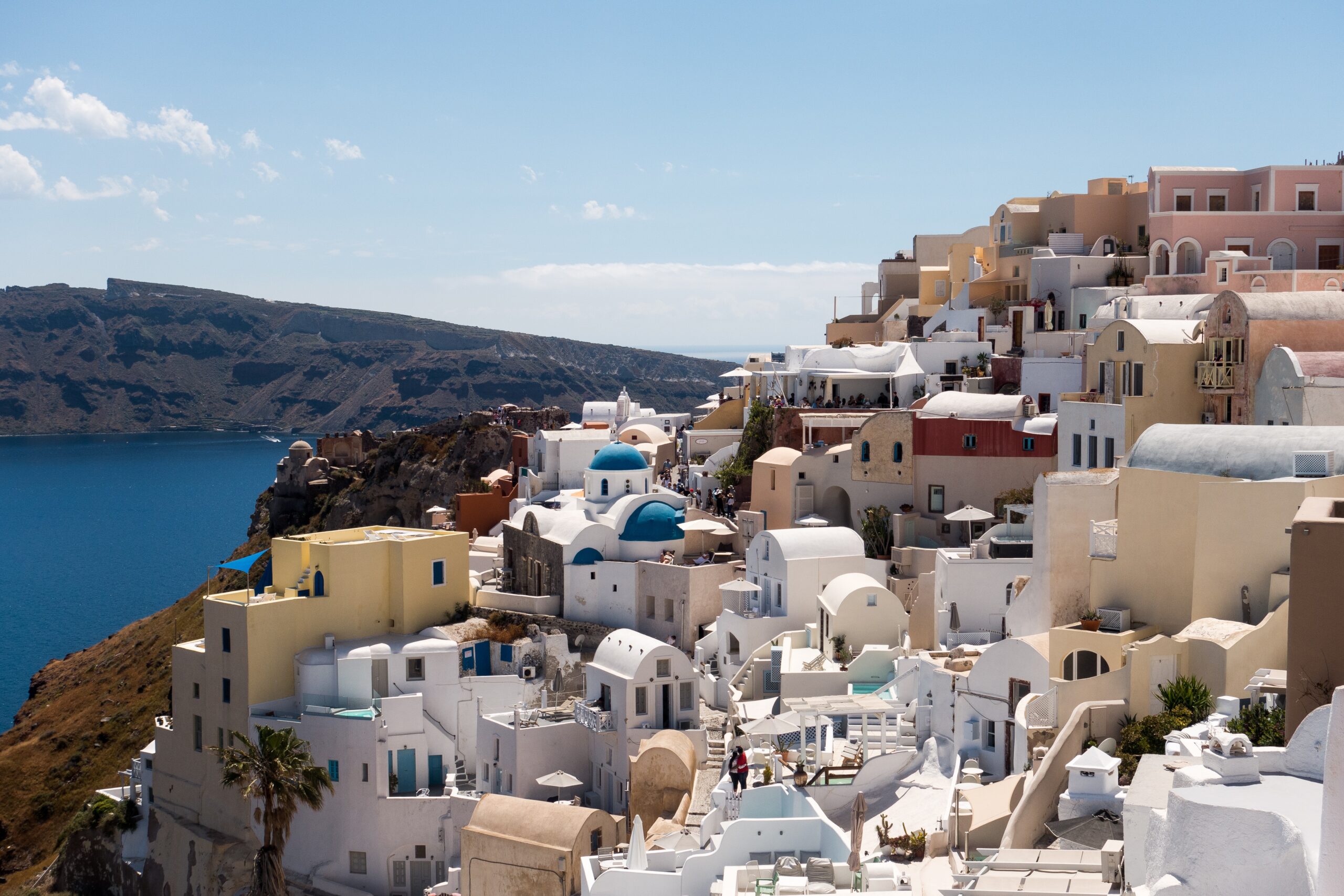Cruise tourism has long been a thriving industry, offering travelers a convenient and luxurious way to explore different destinations. However, the massive cruise ships that dock in Europe’s picturesque ports have raised concerns about their impact on the environment and local communities. Several European countries are now considering limiting cruise ship access to protect their cities, striking a delicate balance between earning tourism dollars and preserving their cultural and environmental heritage. In this blog post, we will explore which European countries are leading the charge in these efforts, with a particular focus on the iconic city of Venice.
The Allure of Cruise Tourism
Cruise tourism has become a significant contributor to the economies of many European countries, drawing millions of visitors each year. These floating cities offer travelers a wide range of amenities, from fine dining and entertainment to comfortable accommodations. Consequently, the appeal of cruise vacations is undeniable, especially in a continent with an abundance of historical, cultural, and natural attractions.
The Environmental and Sociocultural Impact
While cruise tourism generates substantial revenue, it also comes with environmental and sociocultural costs. The enormous ships, often housing thousands of passengers, emit large quantities of greenhouse gases, contributing to climate change. Additionally, the discharge of wastewater and disposal of solid waste pose risks to fragile marine ecosystems. The influx of cruise tourists can also disrupt the tranquility of historic cities and strain the infrastructure of smaller communities.
European Countries Taking Action
A growing number of European countries are taking action to limit cruise ship access and address these issues. Some notable examples include:
- Venice, Italy: Venice, often cited as the poster child for the impact of cruise tourism, has implemented various measures. These include limiting the size and number of ships that can enter the city’s lagoon, introducing an environmental tax for day-trippers, and promoting alternative ports for cruise liners. The city is actively working towards sustainable tourism practices.
- Dubrovnik, Croatia: Dubrovnik has also imposed restrictions on cruise ship visits to manage the strain on its historic city center. They have established daily limits on passenger numbers and are developing a more comprehensive cruise ship management plan.
- Santorini, Greece: To address overcrowding and environmental concerns, Santorini has imposed limits on the number of cruise ships that can visit each day, as well as the number of passengers disembarking. These measures aim to ensure the island’s long-term sustainability.
- Amsterdam, Netherlands: Amsterdam has decided to move its main cruise terminal to reduce congestion in the city center. The move is part of a broader strategy to manage the impact of cruise tourism on the city’s infrastructure and historic sites.
Balancing Act: Tourism Dollars vs. Preservation
The efforts to limit cruise ship access in these and other European cities highlight the delicate balancing act between earning tourism dollars and preserving the cultural and environmental integrity of these destinations. While tourism brings economic benefits, the sustainability of these areas is crucial for the long-term well-being of local communities and ecosystems.
Alternative Approaches
European countries are also exploring alternative ways to maintain the economic benefits of cruise tourism while mitigating its negative impact. Some solutions include developing sustainable cruise ship technologies, encouraging off-season visits, and promoting more responsible tourism practices among passengers.
Conclusion
Cruise tourism in Europe has faced increased scrutiny due to its environmental and sociocultural impact. European countries, including Venice, are taking significant steps to limit cruise ship access and promote responsible tourism practices. Striking the right balance between tourism dollars and preservation is a complex challenge, but it is essential to protect the unique cultural and natural heritage of these iconic destinations. By implementing these measures, Europe aims to ensure that future generations can continue to enjoy the beauty and charm of these historic cities and landscapes.

